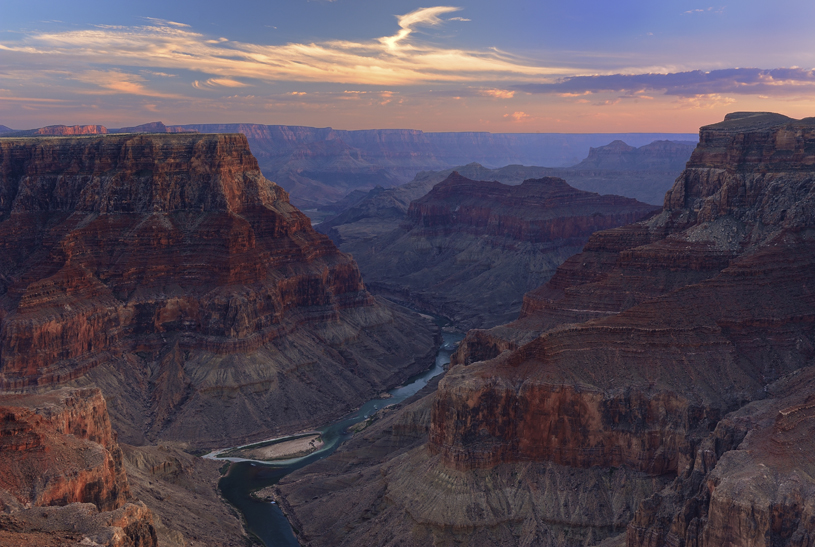
The Little Colorado River, above Salt Trail Canyon, is the wrong place to put a dam
Updates: The Federal Energy Regulatory Commission issued a preliminary permit for this project in May 2020. Read the order
Pumped Hydro Storage LLC has submitted two applications for preliminary permits for two different hydroelectric projects (each with two dams) — one just upstream of Salt Trail Canyon (described below) and a second described here
A Phoenix-based company has applied for a preliminary permit for a proposed hydroelectric project and two dams, including one on the Little Colorado River, a few miles from the boundary of Grand Canyon National Park, according to a notice filed in the Federal Register on Monday. The lower dam’s reservoir would flood a remote, pristine section of the Little Colorado River Gorge, above the confluence of the Colorado and Little Colorado rivers, an area sacred to many Native American tribes.
If built, the dams would not only destroy the natural environment and threaten the habitat of the already endangered humpback chub, they would also rob the Little Colorado River of its world-famous turquoise-blue color where the Little Colorado flows into the Colorado River at the confluence. Monday’s notice publication triggered a 60-day comment period.
While this application doesn’t mean the company could break ground any time soon, the permit is designed to give the company time to conduct studies and determine the feasibility of the project before applying for a license to build it.
According to the application submitted to the Federal Energy Regulatory Commission, the company is proposing two dams. A 500-foot-long, 240-foot-high concrete arch dam across a canyon east of the Little Colorado River would create a 60-acre reservoir, while a 1,000-foot-long, 140-foot-high concrete arch dam across the turquoise-blue Little Colorado River would create a 150-acre reservoir mere miles above where the Little Colorado flows into the main stem of the Colorado River.
Even if you’ve never been down this part of the river inside the heart of the Grand Canyon, you know this is the wrong place to put a dam. Not only would it destroy the natural beauty and ecological integrity of this place, it would devastate the cultural and spiritual practices of Native peoples who have called the Grand Canyon home since time immemorial.
The company touts the project, located near the Hopi Salt Trail, entirely on Navajo Nation lands, as an economic boon, claiming it would bring approximately $3 billion in investment to create jobs and stimulate the Navajo and Arizona economies, as well as provide an access tunnel to the Little Colorado River that could be used for tourism. However, it appears that the company may not yet have consulted with the Navajo Nation about its plans, as it lays out meetings and discussions as a task on its to-do list within the first 12 months of its proposed project schedule.
Of course, the Grand Canyon is no stranger to ill-advised development schemes; this proposed project is located just upstream of another notoriously bad idea: the failed Escalade tramway.
According to its application, the company is still looking for financial backers for its proposed dams. Potential investors might want to take a step back and remember that this isn’t the first time someone has tried to build a dam in this area. The idea for a Marble Canyon Dam was floated in the early 20th century and a massive public outcry spearheaded by Martin Litton and the Sierra Club defeated a Bureau of Reclamation proposal to dam the river here in the 1960s.
“Our nation rose to reject building dams in the Grand Canyon more than a half century ago,” said Ethan Aumack, executive director of the Grand Canyon Trust. “This new proposal would create two reservoirs near the park’s boundary and flood one of the Grand Canyon’s most sacred places.”
Voices in defense of the Grand Canyon will be swift, loud, and clear: No new dams in the Grand Canyon, period.
The public comment period on these dam proposals is closed. Please join our action alert network and we’ll let you know when there’s another opportunity to take action. Sign up ›







